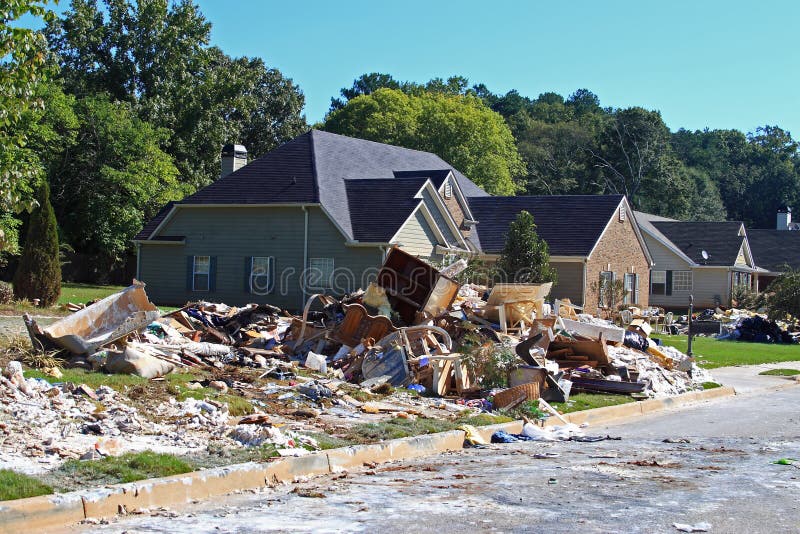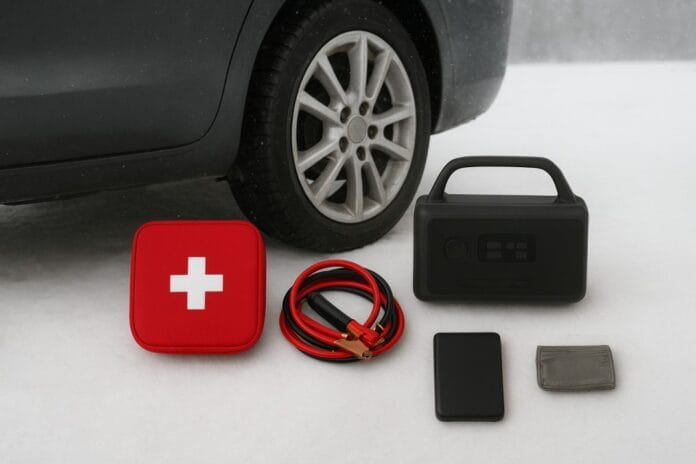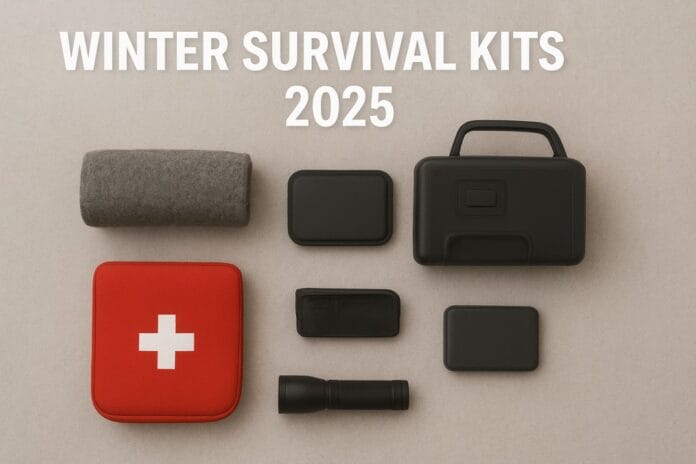Floods, after the waters Recede
When the floodwaters finally begin to recede, a new, often daunting, phase begins: recovery. The initial shock might give way to a sense of overwhelm as you face the aftermath of a natural disaster. But remember, this isn’t a journey you have to embark on alone, and with the right knowledge and tools, you can safely and effectively reclaim your home and your peace of mind. This guide is designed for beginners, offering practical, actionable advice to navigate the crucial steps of flood recovery, focusing on immediate safety, damage assessment, and preventing further hazards.

Prioritizing Safety: Your First Steps After the Flood
Before you even think about cleaning, your absolute priority must be safety. Floodwaters can hide numerous dangers, from structural damage to electrical hazards and contaminated materials. Approach your home with extreme caution.
•Stay Informed: Continue monitoring local news and emergency alerts. Do not return home until authorities declare it safe.
•Beware of Structural Damage: Look for signs of damage to foundations, walls, and ceilings. If you suspect structural issues, do not enter the building. Contact a professional for inspection.
•Electrical Hazards: Assume all electrical systems are live and dangerous. Do not turn on power until a qualified electrician has inspected your home. If you must enter, wear rubber boots and use a battery-powered flashlight.
•Gas Leaks: If you smell gas or hear a hissing sound, leave immediately and call your gas company from a safe location.
•Contaminated Water: Floodwaters are highly contaminated with sewage, chemicals, and other hazardous materials. Avoid direct contact as much as possible. If contact occurs, wash thoroughly with soap and clean water.
Assessing the Damage: What to Look For after Floods
Once it’s safe to enter, a thorough assessment of the damage is crucial for both recovery and insurance claims. Document everything meticulously.
•Take Photos and Videos: Before moving anything, capture extensive photos and videos of all damaged areas, both inside and out. This visual evidence is invaluable for insurance purposes.
•List Damaged Items: Create a detailed inventory of all damaged or destroyed property. Include descriptions, estimated value, and purchase dates if possible.
•Identify Water Lines: Note the highest point the water reached on walls and furniture. This helps in understanding the extent of the contamination.
The Cleanup Begins: Tackling the Mess Safely
Flood cleanup is a monumental task, but breaking it down into manageable steps makes it less daunting. Always prioritize your health and safety during this process.
Personal Protective Equipment (PPE)
Protecting yourself from contaminated water, mold, and debris is paramount. Do not start cleanup without proper PPE.
•N95 Respirators: These are essential to protect your lungs from mold spores and dust. The 3M Aura Particulate Respirator 9205+ (available on Amazon) is a highly-rated option known for its comfortable fit and effective filtration. Ensure it’s an N95 or higher for adequate protection.
•Heavy-Duty Work Gloves: Protect your hands from sharp objects, chemicals, and contaminated water. Mechanix Wear: M-Pact Tactical Work Gloves (available on Amazon) offer excellent durability and protection, while still allowing for dexterity. For handling very wet or dirty materials, consider thick rubber gloves over work gloves.
•Waterproof Boots: Essential for navigating wet and contaminated areas. The Muck Boot Chore Classic (available on Amazon) provides excellent waterproofing, traction, and comfort for long hours of work in wet conditions.
•Eye Protection: Safety glasses or goggles are crucial to protect your eyes from splashes and debris.
Removing Water and Drying Out after Floods
Speed is critical to prevent mold growth. The faster you dry out your home, the better.
•Remove Standing Water: Use buckets, mops, and wet/dry vacuums. The Stanley SL18115 Wet/Dry Vacuum (available on Amazon) is a powerful and affordable option for quickly removing large volumes of water and debris.
•Ventilate: Open windows and doors to create airflow. Use fans to circulate air and dehumidifiers to remove moisture from the air. The Pro Breeze Electric Mini Dehumidifier (available on Amazon) is a popular choice for its efficiency in removing excess humidity, which is vital for preventing mold.
•Remove Damaged Materials: Tear out wet drywall, insulation, flooring, and other porous materials that cannot be thoroughly dried within 24-48 hours. These materials are breeding grounds for mold.
Cleaning and Disinfecting
Once dry, everything must be thoroughly cleaned and disinfected.
•Wash All Surfaces: Use hot water and a low-sudsing detergent to clean all hard surfaces. For porous surfaces that can be saved, scrub thoroughly.
•Disinfect: After cleaning, disinfect all surfaces with a bleach solution (1 cup bleach per gallon of water) or a commercial disinfectant designed for mold and mildew. RMR-86 Instant Mold Stain & Mildew Stain Remover (available on Amazon) is a highly effective product for tackling tough mold and mildew stains on various surfaces.
Preventing Mold: A Race Against Time
Mold can start growing within 24-48 hours of water exposure. Prevention is key.
•Act Quickly: The most effective way to prevent mold is rapid drying and removal of wet materials.
•Maintain Low Humidity: Continue using dehumidifiers and fans until humidity levels are consistently below 60%.
•Monitor for Mold: Even after cleanup, continue to monitor for any signs of mold growth (musty odors, visible spots).
Beyond Cleanup: Essential Tools for Recovery
Having the right tools can make the recovery process safer and more efficient.
•Pry Bars and Utility Knives: For demolition and cutting away damaged materials.
•Heavy-Duty Trash Bags: For bagging and disposing of contaminated debris.
•Duct Tape: The ultimate versatile tool for temporary repairs and securing items.
Conclusion: Rebuilding with Resilience
Flood recovery is a challenging journey, but it’s also an opportunity to rebuild stronger and smarter. By prioritizing safety, meticulously assessing damage, and diligently cleaning and drying your home, you can mitigate long-term issues like mold and structural problems. Equip yourself with the right protective gear and tools, and remember that every step you take, no matter how small, contributes to reclaiming your home and your peace of mind. Your resilience will shine through, turning a difficult experience into a testament to your preparedness and strength.
To read More, please visit: DISASTER PREPAREDNESS






